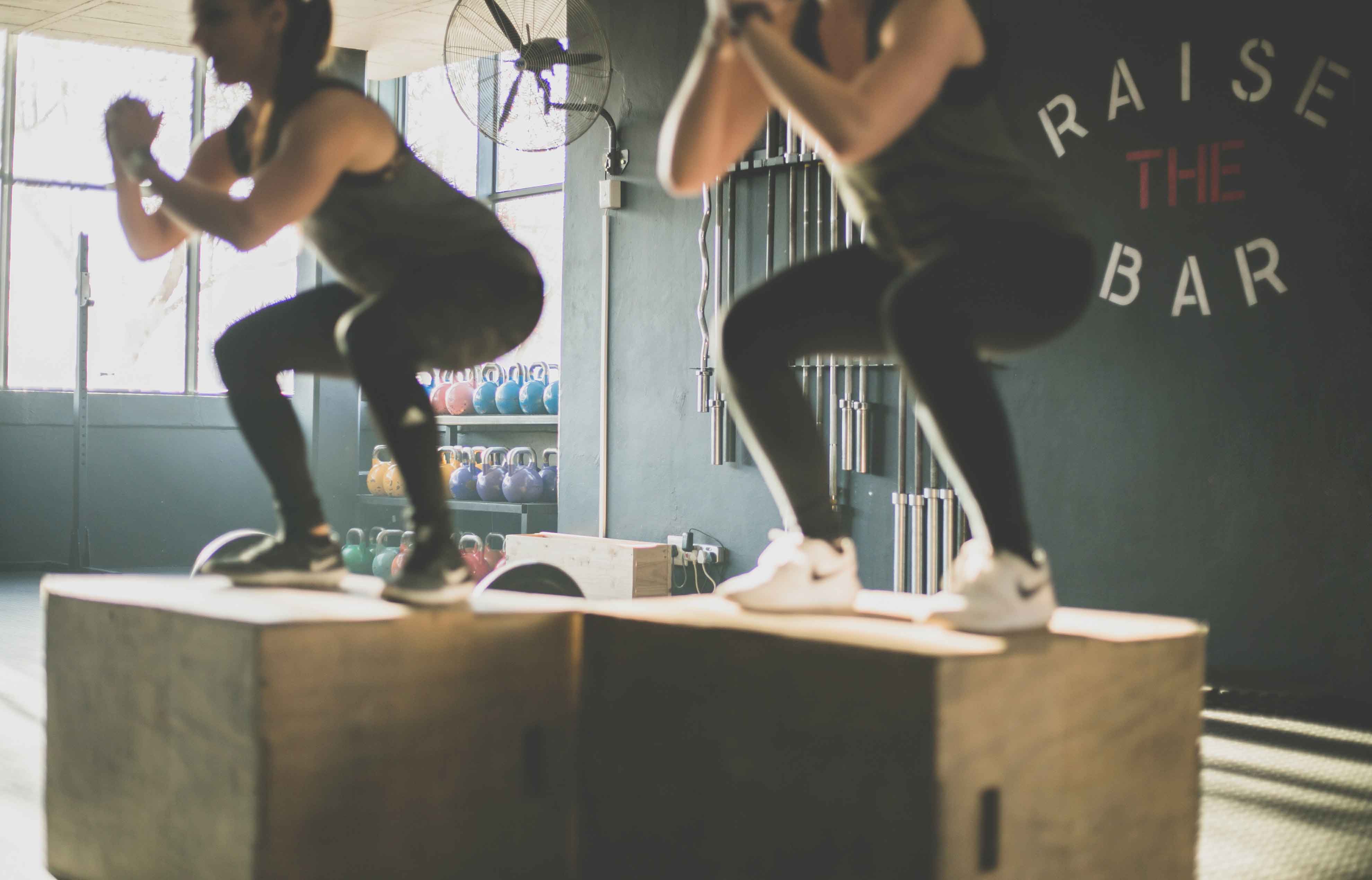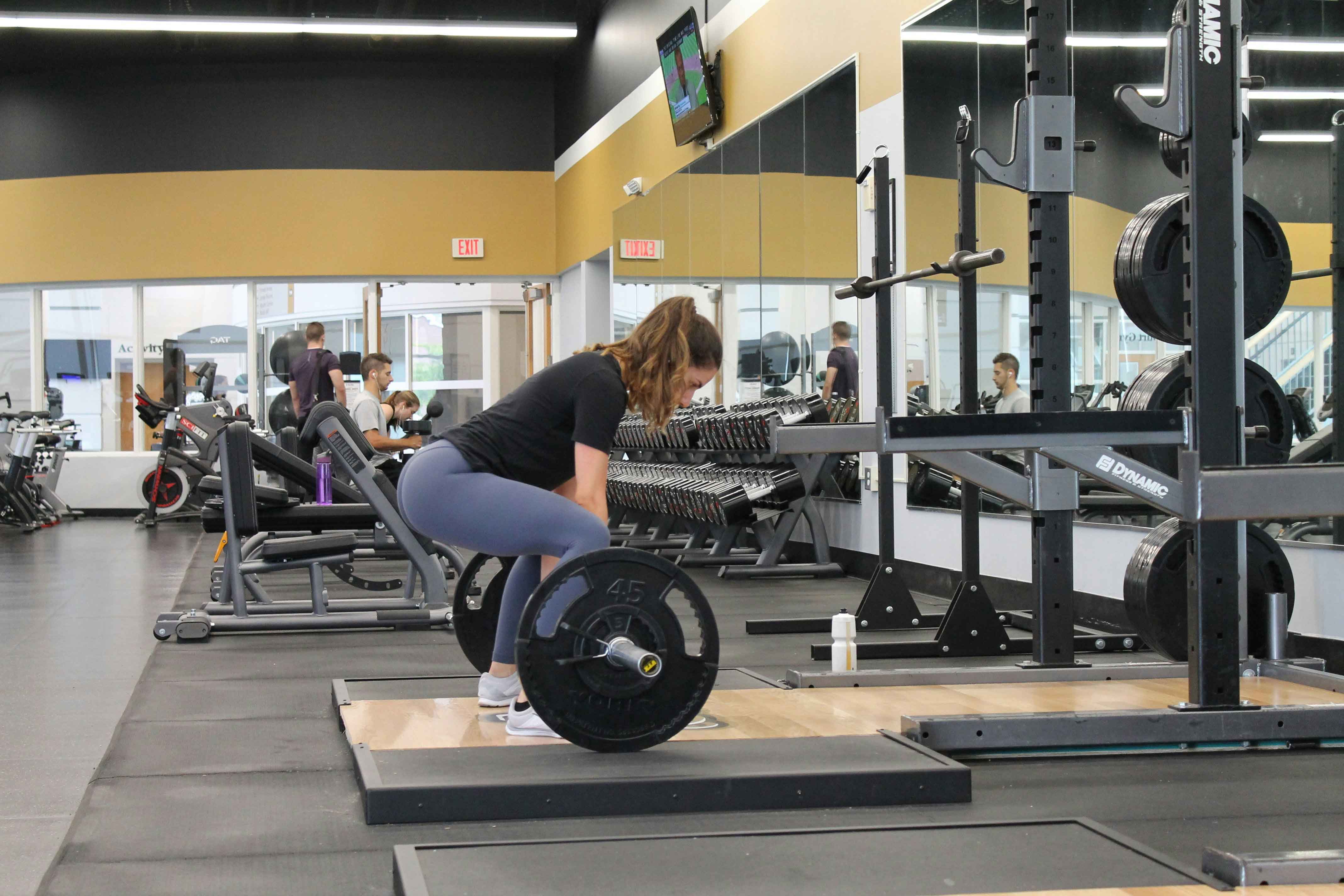If you want to maintain a safe and effective exercise routine, it is important to be sure that your workout doesnt´t injure your back. We asked our experts for some recommendations to keep in mind when working ourt, and in teh following, we share their tips on how to keep from hurting your back at the gym.
To maintain a safe and effective exercise routine, it is important to be sure that your workout doesn’t injure your back. However, noticing back pain after strength training is quite common, because people often lift weights incorrectly. Many people tend to arch their backs when lifting weights, and this can cause strain on ligaments, muscles, and even the spine. In fact, a large portion of back injuries in the gym affect the lower back and lower spine. We asked our experts for some recommendations to keep in mind when working out.

Begin with a good warm-up
Warming up properly before working out is necessary in order to prepare your muscles and joints, get your circulation going, and reduce the risk of injury. Here's a general warm-up routine you can follow:
1. Cardiovascular (5-10 minutes): Start with gentle cardio activity to raise your heart rate and increase blood flow. This can include running in place, jumping rope, stationary bike, or any other activity that makes you sweat a little.
2. Joint mobility (5 minutes): Do exercises that increase range of motion and lubricate the joints. Examples include arm and leg circles, neck and hip rotations, and flex-extend movements of wrists and ankles.
3. Dynamic stretches (5 minutes): Do dynamic stretches that involve controlled, gradual movements instead of holding static positions. Examples include dynamic lunges, torso twists, leg swings, and arm stretches.
4. Muscle activation (5 minutes): Do exercises that specifically activate the muscles that you will work on during your routine. For example, if you're doing leg exercises, you can do some non-weighted squats or leg lifts to activate your leg muscles.
5. Simulation of work-out movements (5 minutes): Perform light movements that imitate the main exercises in your routine, but with less intensity. For example, if you're going to lift weights, start with light lifts to get your body used to the movement.
Remember to adjust each of these steps according to your fitness level and the type of exercise you'll be doing. Also, don't rush it; the goal is to allow your body temperature to increase gradually.
Stretching exercises for your back

Tips on posture while doing your exercise
Keep your spine in a neutral position
In many exercises, especially when lifting heavy weights, it is important to keep your spine in a neutral position. Avoid arching or rounding your back, because this can increase your risk of injury.
Strengthen your lower back muscles
Include exercises aimed at strengthening your lower back, such as hyperextensions or lumbar extensions on a machine. Strengthening this area can increase your spinal stability.
Get professional advice
Before starting any exercise program, especially if you have a history of any back injuries or problems, it's a good idea to talk to a physical therapist or doctor. Getting one-on-one guidance will help you be sure your routine is adapted to your specific needs. At IC Rehabilitation, our team of physical therapists, osteopaths, experts in active therapies, nurses and neurosurgeons will work together to help you with your current back problems or recommend the best routines adapted to your physical condition.
Avoid exercises that put a lot of pressure on your back
Some exercises can put significant stress on the lower back, for example; practicing deadlifts without the proper technique, doing deep squats without control, or overuse of dorsiflexion machines. If you have any concerns, consider safer alternatives.
Make sure the equipment is at the right height
Make sure that gym equipment, such as benches and machines, is properly adjusted to your height and size. This will ensure that you are using the equipment properly and prevent unnecessary strain on your back.
Don’t overdo it!
Giving your body time to recover is crucial. Overtraining can increase the risk of injuries, including back injuries. Be sure to include variation in your routine and include days of rest.
Ask for guidance from a professional at the gym
Learn and practice safe lifting techniques for exercises such as deadlifts, squats, and bench presses. Ask a trainer or fitness professional for guidance if necessary.
Do exercises that increase stability
Include exercises that improve stability, such as planks or balance exercises, to strengthen the stabilizing muscles around the spine.
Stretch and mobilize
Include regular stretching routines and mobilization exercises to keep your back flexible and reduce stiffness.
If you ever feel pain, strong discomfort, or extreme fatigue while exercising, stop immediately! Don't ignore your body's signals, because overexertion can lead to injuries, and don’t rush things by trying to increase the intensity or weight without proper preparation. Remember that patience and gradual progress are the keys to a successful workout and preventing injuries. Listen to your body, and adapt your exercise routine as needed. And if you have an ongoing back problem, we recommend you contact Instituto Clavel. We will be happy to help.
From IC Rehabilitation we recommend maintaining an active lifestyle and practicing good posture. If you feel discomfort that does not go away after a short time, or the pain is intense, it is important to see a specialist for an evaluation.
Categories: blog
